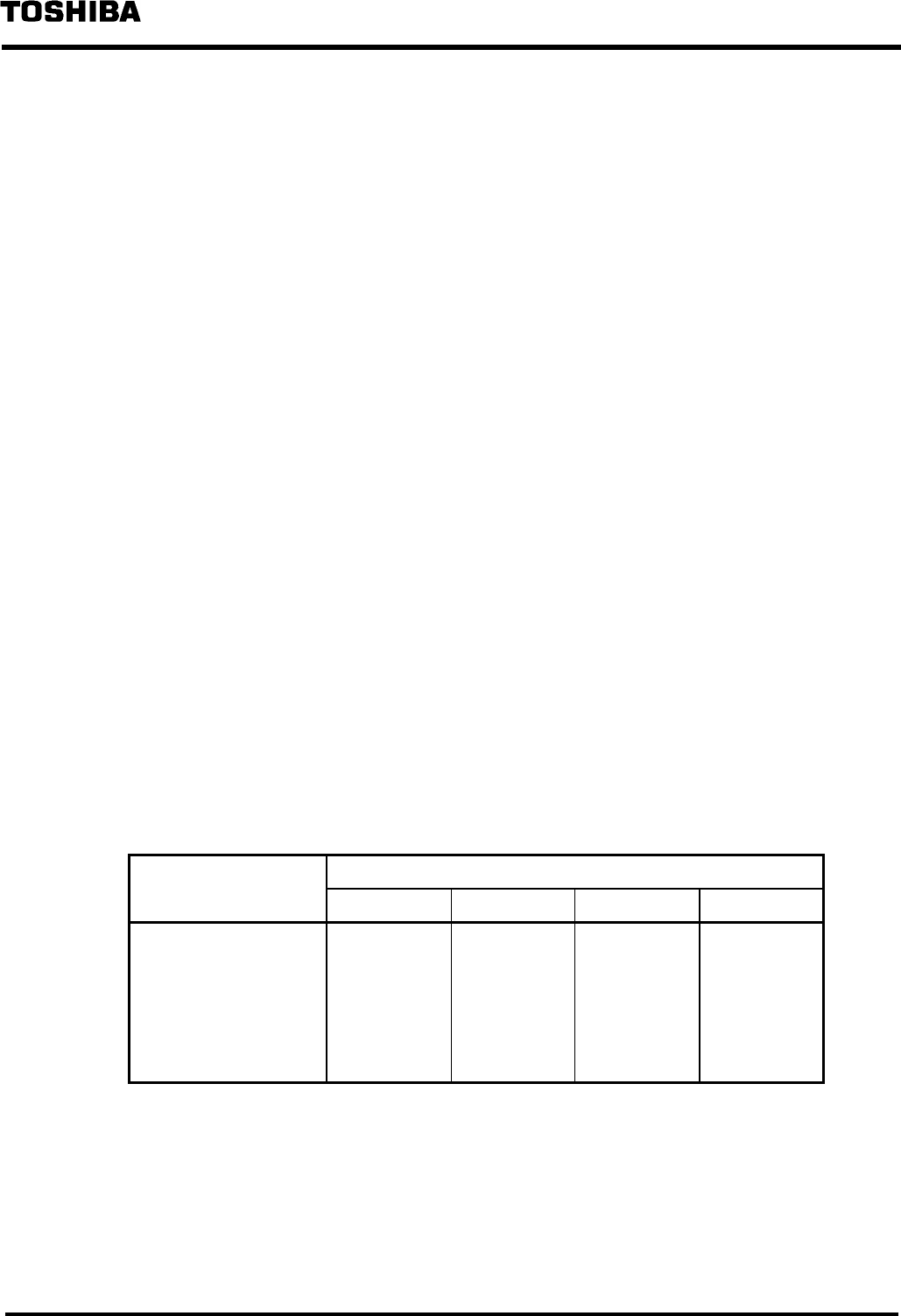
6 F 3 B 0 3 6 4
153
(2) Installation Work Without Piping
¬ Install a floor duct to protect cables or use wire protector cable covers.Don't intermingle these
cables with high-voltage current cables when installing them.
- Wire cables along the wall to avoid cable damage, or under the floor where an electromagnetic
interference device is not installed.
® Keep the standard separation distance for the cables when they are going to be wired in parallel,
or wired close, or crossed with low-voltage cables for the building.
¯ Fix the cable on the wall in every 3-meter distance to protect them when you wire them on the
wall or when you wire them vertically.
° Don't bend cables in circle of a radius smaller than the minimum bending radius.
(3) Cautions in Piping Work
¬ Don't mix these cable with high-voltage current cables in the same piping.
- Keep the bending angle of piping within 90 degrees.
® Keep the bending radius of piping 6 times or larger than the inner radius of piping; keep the
bending radius of piping larger than the minimum bending radius of the cables in the pipe.
¯ Ground metal pipes.
(4) Separation from Other Wiring
Keep the network cables 2 meters away from electric power lines and from those devices which
generate magnetic fields and electric fields. When you are wiring cables at a distance smaller than
2 meters, refer to the following table to find a minimum permissible distance based on the actual
voltage and current of the induction source.
Note, however, that the induction source must be kept at 440 V and 100 A or less to protect weak
signals.
Table 8.2 Minimum Distance of Separation Recommended
Minimum distance of parallel lines (mm)
Induction source
voltage and current
Over 100 A 100 A or less 50 A or less 10 A or less
Over 440 V 2000 2000 2000 2000
440 V or less 2000 600 600 600
220 V or less 2000 600 600 500
110 V or less 2000 600 500 300
60 V or less 2000 500 300 150


















